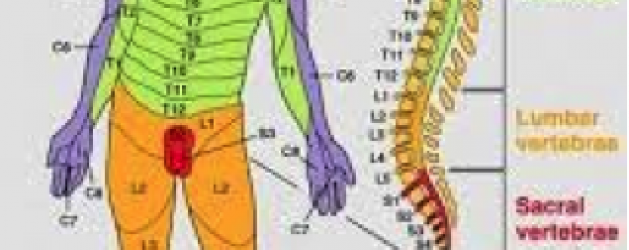A Spinal Cord rehab breakthrough occurred at the University of Louisville Spinal Cord research lab , when neuroscientist Susan Harkema turned her back to her study subject to check a reading on a computer screen.
“Hey Susie, look at this,” the patient called out to her. “I can move my toe!“
It’s not the first time electrical stimulation has made paralyzed patients move, but Harkema says it’s the first time electrical stimulation directly to the spinal cord has shown voluntary activity. Experts say this new technique is another piece of the puzzle toward helping paralyzed people walk again. And it’s another avenue doctors can go down to try to help these patients.
Brain-controlled devices may help paralyzed people
“This is a breakthrough,” says Dr. Barth Green, co-founder of The Miami Project to Cure Paralysis at the University of Miami, who was not involved in the research. “It shows you can have a living spinal cord under the layer of their injury.”
More than 1,700 paralyzed people have inquired about using this technology, which involves surgically implanting a stimulator and giving it directions with an external remote control. The stimulator creates a small, slightly visible bulge in the lower abdomen and is connected to wires that send electrical pulses to the spinal cord.
But patients shouldn’t expect that the stimulator will help them walk, since the stimulator can only make one leg work at a time. Patients have to turn the stimulator off and then back on again to make the other leg work or to make another set of muscles such as their torsos work.
Even though Dustin Shillcox, the fourth patient to try the device, can’t walk, the stimulator has had other benefits dramatically improving bladder, bowel and sexual function amazingly changing his entire life.
Plus, tests showed the patients, who could finally move their legs and torsos after years of paralysis, became healthier in general with improved heart and respiratory function.
“If you can change health and wellness and life expectancy, to me that’s a home run,” Green says. “Remember, Christopher Reeve died from complications of immobility,”
The researchers are pretty much stumped as to exactly why electrical stimulation to the spinal cord created the movement on demand — after all, they didn’t touch the patients’ brains. Perhaps, Harkema says, the spinal cord in a way has a brain of its own. “Maybe the spinal cord makes the decision to move on its own and then executes the movement,” Harkema says. “Otherwise I don’t know how you would see what we see today.”
The Louisville researchers now have funding to implant the device in eight more patients. They hope a device company will help them come up with a way to stimulate more than one muscle group at the time.

